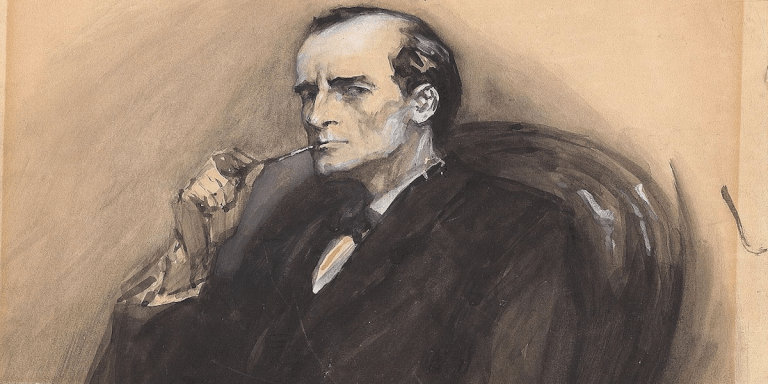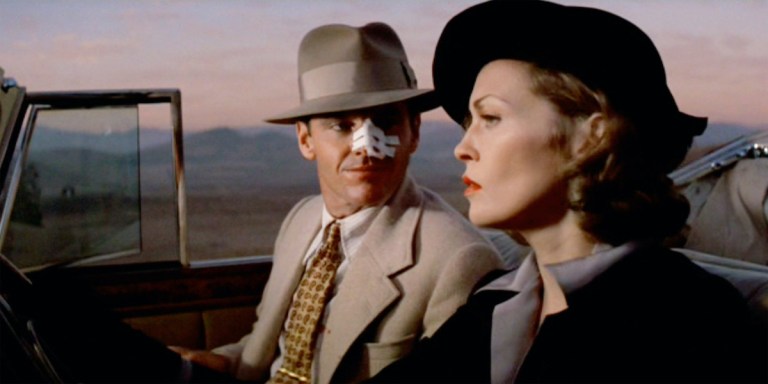The First Detective Story

Who Was The First Detective? A Brief History Behind One of the Most Loved Genres
Detective fiction is so much fun to read. There’s mystery, suspense, and crime, and as the reader, you get to play along with the detective as they work to solve the case. But what was the first-ever detective story? And how did the detective story evolve into the popular and dearly loved genre it is today? Before there was ever a Miss Marple, a Hercule Poirot, or a Sherlock Holmes, there was Edgar Allan Poe’s Monsieur C. Auguste Dupin.
With “The Murders in the Rue Morgue,” Edgar Allan Poe introduced the literary world to a new kind of story: the detective story. Love those mystery stories where you’re given a set of clues and you as the reader have the tools to solve the case as you read along with the detective? As if the whole story were some highly entertaining logic puzzle? Well, dear reader, that all started with The Murders in the Rue Morgue, a short story that artfully lays out clues for the shocking case of two women who were brutally murdered in Paris. Through interviewing witnesses, examining the scene of the crime, and cataloging all the clues, our detective Dupin is able to solve the case. And what makes the story so fun is that if you the reader were paying close enough attention, you might have been able to solve it too.
Poe’s character C. Auguste Dupin is generally considered to be the first fictional detective, and thus this character set a lot of precedents for how future fictional detective characters would behave and appear. For instance, Dupin is highly intellectual and seems disinterested in social interactions. Dupin’s motivations for solving cases has little to do with financial gain and more to do with intellectual curiosity. Dupin’s story is not narrated by the detective himself but rather by a close friend who observes and admires the detective’s work.
If you’re thinking C. Auguste Dupin sounds a lot like Sir Arthur Conan Doyle’s famous detective character Sherlock Holmes, you’d be right. Doyle was so inspired by Edgar Allan Poe’s detective that Watson even directly compares Holmes to Dupin in the first Sherlock Holmes story, A Study in Scarlet. But a lot of authors drew influence from Dupin. Agatha Christie’s detective stories are also inspired by The Murders in the Rue Morgue. Jorge Luis Borges pays homage to Dupin in his story Death and the Compass. And that’s just to name a few. Dupin the character also makes appearances in other works of literature, such as The League of Extraordinary Gentlemen and The Work of Betrayal.
The Murders in the Rue Morgue was first published in Graham’s Lady’s and Gentleman’s Magazine in April, 1841. Poe published a sequel to his popular detective story, entitled “The Mystery of Marie Rogêt” in 1842. Dupin returned for one more story in Edgar Allan Poe’s 1845 short story The Purloined Letter. Poe did adjust some details of Dupin’s personality and methods from story to story. However, the hallmark traits of this character, which became such essential tropes of detective fiction remain. Dupin is the kind detective we all love to read about. The one who is smart and savvy, always solves the crime, and always gladly reveals how he came to his conclusions about the case.
The legacy of Edgar Allan Poe’s classic detective story lives on in contemporary mysteries. In addition to being the first detective story ever, The Murders in the Rue Morgue was also the first locked-room mystery, another genre that has become a favorite for mystery readers in the years since Poe first introduced the concept. Additionally, Poe’s significant role in developing mystery fiction as we know it today is honored every year with the Edgar Awards. This award, created by the Mystery Authors of America, is obviously named after Edgar Allan Poe and is awarded yearly to exemplary mystery fiction, non-fiction, television, film, and theater.
By clicking 'Sign Up,' I acknowledge that I have read and agree to Hachette Book Group’s Privacy Policy and Terms of Use





